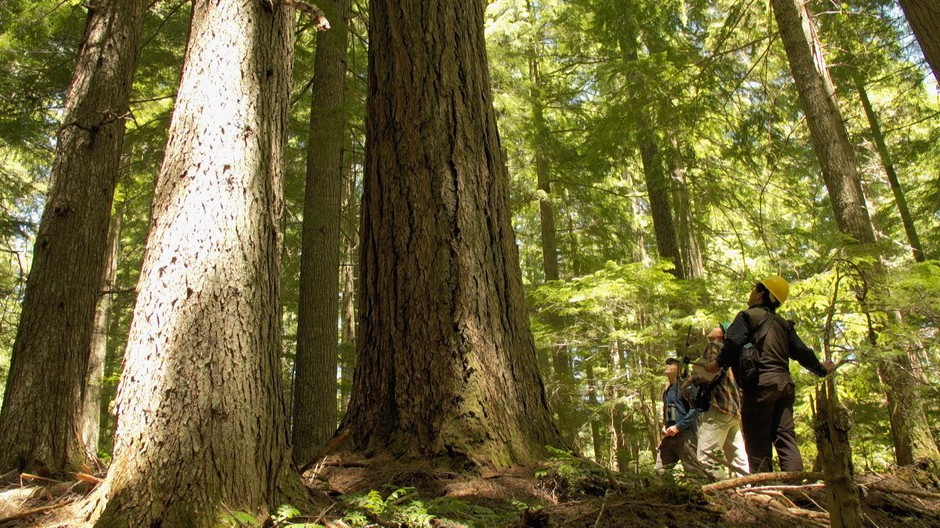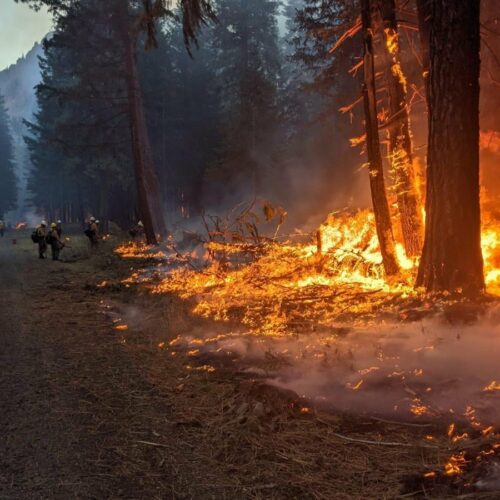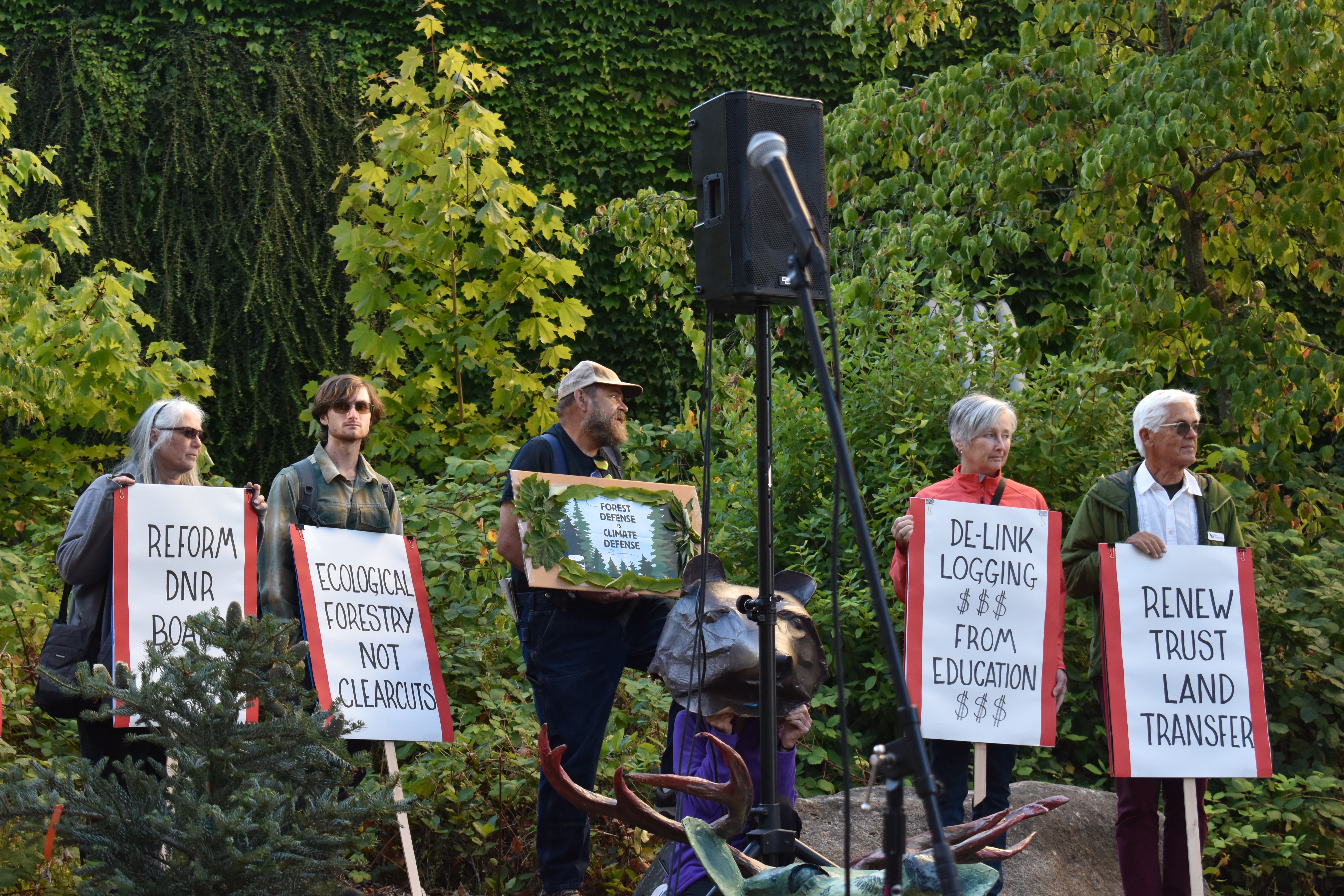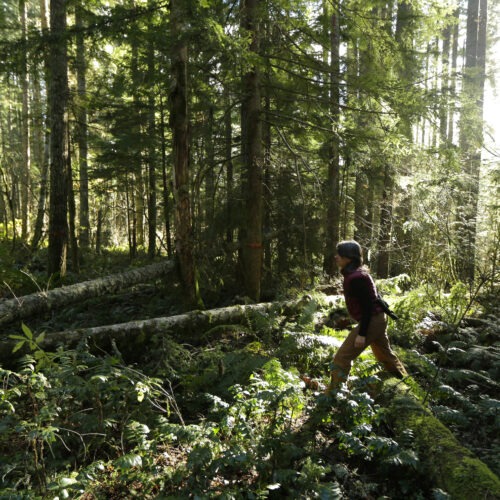
Research From Northwest Scientists Shows Negative Climate Change Effects On Old Growth Forests

READ ON
Deforestation, climate change and the disturbances it can exacerbate – like wildfires, extreme droughts and insect outbreaks – are decimating old growth forests across the globe. That means forests worldwide are filling in with younger and shorter trees, according to a new study.
Scientists with Pacfic Northwest National Laboratory in Richland led the research, published in the journal Science. Lead author Nate McDowell says trees in the Northwest are faring better than in other places such as New Mexico.
But, McDowell said, the rate the earth is losing old growth forests is alarming.
“This is a big deal, in the sense that we care about big, old trees for many reasons, and their loss is really unfortunate,” McDowell said in an interview.
Old growth forests provide a diverse habitat for lots of wildlife. They store more carbon dioxide than younger trees. And they’re just cool. For example: Washington’s Olympic National Park.
Researchers said the trees in the Olympics have not been hit as hard as others around the world.
“Compared to some regions, the Northwest is doing better,” McDowell said. “This is in part through the management of the forests there, and it’s in part through the climate of the area. But, on the other hand, that’s comparing a bad grade to a worse grade.”
Tree mortality and disturbances are going up in the region, he said. It’s just not as bad as other spots around the globe. For example, forests in New Mexico have lost 30 to 40% of their old growth trees in the last 30 years.
McDowell said if a place is “particularly wet and hasn’t been hit by a drought yet, it might actually be doing pretty well. There are exceptions to the general pattern that we found.”
He said there are a lot of factors that can cause old growth trees to disappear worldwide. Different forests are disappearing at different rates. Along with deforestation, climate change causes temperatures to increase, creates extreme droughts, increases the frequency and severity of wildfires. On coasts, strong winds from cyclonic storms – which also cause extreme flooding – are threats to old growth trees.
“The concerning things regarding all these drivers of tree mortality is that most of – if not all of them – appear to be increasing and will continue to increase,” McDowell said. “For example, temperatures are going up, and it’s unlikely to stop going up in our generations. That has a very negative effect on tree growth and survival.”
McDowell said it’s not all “doom and gloom.” Old growth forests still do well where land is managed properly, in protected spots like parks or wilderness areas.
Some data suggest old growth trees on coastal British Columbia are growing faster than they used to.
“We should be looking at the good news to understand better the bad news. And understand better how to mitigate the challenges we’re facing in other parts of the world, “ he said. “Learning from the places where forests are growing well.”
Related Stories:

Federal government allocates over $6 billion to wildfire technology and management
Lawmakers are allocating over $6 billion this fiscal year to support the Department of the Interior and the United States Forest Service in wildfire response.
It’s an increase of 14% from the last year’s funding, and will support wildfire suppression, operations and a new research hub to aid fire management. This fiscal year, the forest service will see an increase of $576 million in available funding for wildfire response.

Rally Outside Board Of Natural Resources Meeting Demands Board To Address Call To Action
Hundreds gathered outside the Board of Natural Resources meeting in Olympia this week to demand the board make further commitments to forest conservation.

“Prepare For Higher Than Average Fire Season,” Says Washington Forest Protection Association
Paula Swedeen, a forest policy specialist for the Washington Environmental Council, walks through forest land adjacent to Mount Rainier National Park. (AP Photo/Ted S. Warren) Listen Reporter Lauren Paterson tells















